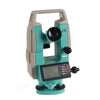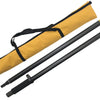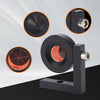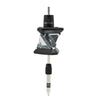What are the five factors that affect the accuracy of the total station?
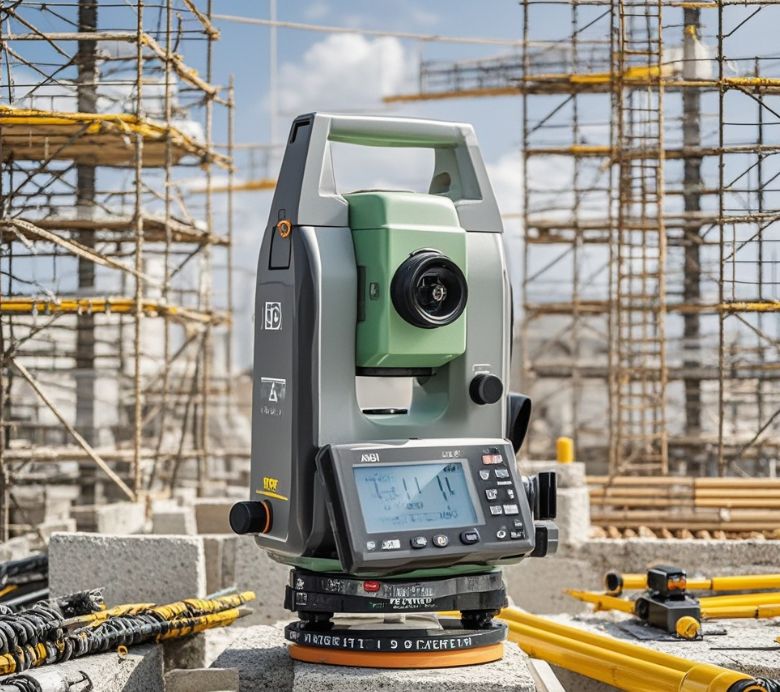
Total Station Introduction
In the field of engineering measurement, the total station is the core equipment, and its accuracy is directly related to the quality of the project.
However, many surveyors often encounter problems such as large data fluctuations and inconsistent repeated measurement results.

This article will reveal the five key factors that affect the accuracy of the total station, helping you improve measurement accuracy from the root and avoid unnecessary rework and losses.
1. Tripod: The most overlooked "invisible killer"
Surveying Tripod as the basic support of the total station, the quality of the tripod is often underestimated. In actual work, we often find:
Aluminum tripods are prone to deformation after long-term use.
In high-temperature environments, the asphalt floor softens, causing the tripod to sink.
Small shaking of a cheap tripod can amplify measurement errors.
Professional advice: Give priority to carbon fiber materials and conduct stability tests before each operation.

2. The hidden dangers of blind leveling
Many surveyors level the bubbles as soon as they notice them, which carries serious risks:
May mask a more serious tripod problem.
Simply leveling will cause the center of the instrument to shift.
Cumulative errors occur in rear intersection measurements.
Correct handling: Check the cause first and reset the station if necessary.
3. Accuracy trap of laser centerer
Centering error has an amplification effect:
A centering deviation of 2mm will produce an error of 8mm at a distance of 100 meters.
Rotation testing is the most effective self-test method.
Humid environments can significantly affect centering accuracy.
Maintenance plan: Establish a quarterly calibration plan and strengthen inspections in severe weather.
4. The importance of verticality of prism rods
The effect of verticality bias is often underestimated:
A tilt of 1° produces an error of 8.7cm at a distance of 50 meters.
Collision and temperature changes will affect verticality.
Traditional bubble levels have limited detection accuracy.
Upgrade plan: Invest in a measuring rod with electronic compensation system.
5. The key role of prism constants
This is the most error-prone yet fatal link:
Different brands of prism constants vary significantly.
Wrong settings can lead to systematic deviations.
The optical properties of inferior prisms are unstable.
Management points: Establish a prism usage ledger and set up a two-person review mechanism.

Summary
The measurement accuracy of the total station is a systematic project that needs to be controlled from multiple aspects such as equipment selection, operating specifications, and maintenance. Through the five key factors analyzed in this article, we can see:
The stability of the basic support system (tripod) is a prerequisite.
Standardized operating procedures can avoid human errors.
Regular equipment calibration and maintenance is indispensable.
Accessory matching and parameter settings require strict management.
Environmental factors must be taken into account.
It is recommended that the measurement team establish a complete accuracy management system and incorporate the above points into daily operating specifications. Remember: in the world of precision measurement, 1 mm of prevention is better than 100 mm of remedy!
What other accuracy problems have you encountered in your measurement work? Or if you have any questions about the measuring equipment, you can consult the Mountlaser manufacturer. Different types of measuring products can provide accurate solutions!

